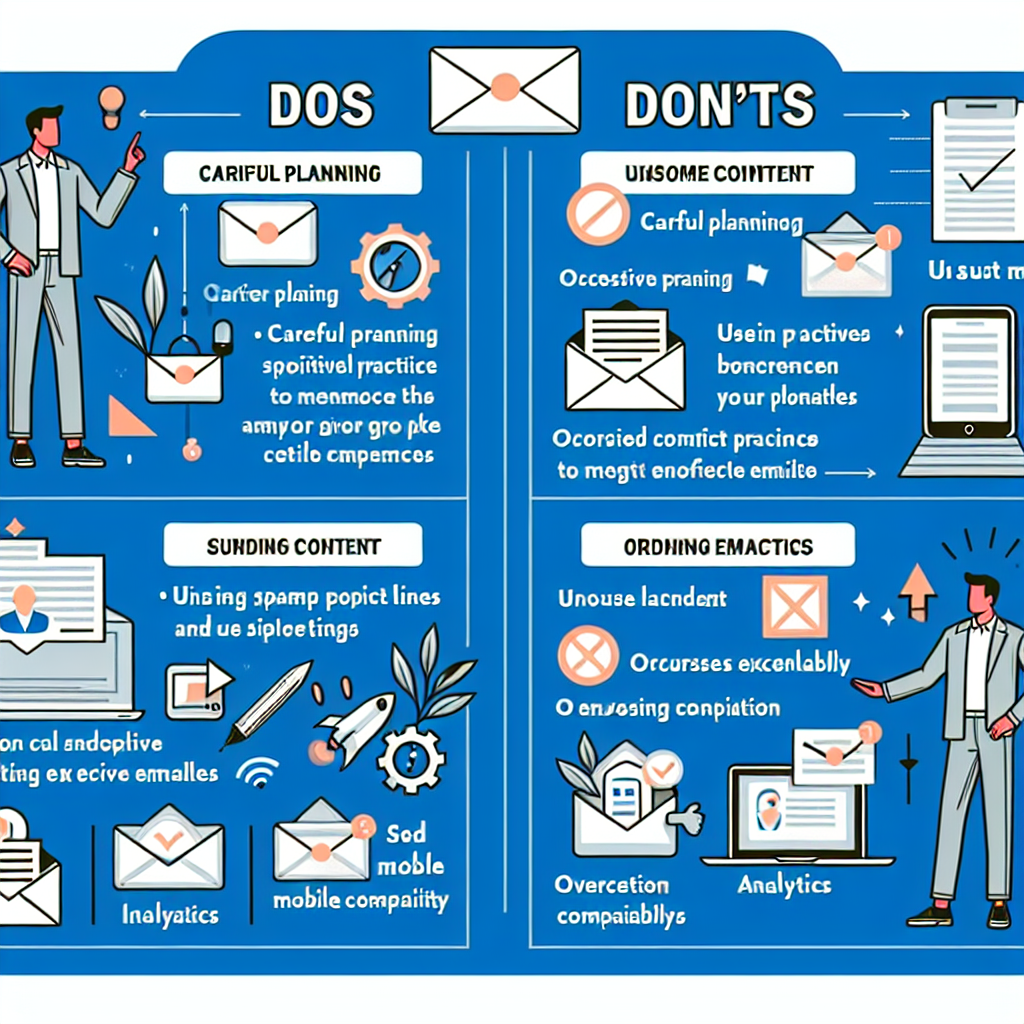Personalizing Your Emails for Better Results
Email marketing remains one of the most effective tools for businesses to connect with their audience. However, in an age where inboxes are flooded with generic messages, personalization stands out as a key strategy to enhance engagement and drive better results. In this blog post, we’ll explore the importance of email personalization, provide actionable tips, and share relevant statistics and examples to help you achieve a more effective email marketing strategy.
Why Personalization Matters in Email Marketing
Personalization in email marketing goes beyond just addressing recipients by their first names. It involves crafting messages that are tailored to the individual preferences, behaviors, and needs of your audience. Here are some compelling reasons why personalization is crucial:
Improved Open Rates
According to a study by Campaign Monitor, emails with personalized subject lines are 26% more likely to be opened. This highlights the importance of capturing the recipient’s attention right from the start.
Higher Click-Through Rates
Personalized email content can lead to a significant increase in click-through rates. Research by HubSpot found that personalized calls-to-action (CTAs) perform 202% better than generic ones.
Enhanced Customer Experience
When recipients receive content that is relevant to their interests and needs, it enhances their overall experience with your brand. This can foster stronger relationships and increase customer loyalty over time.
Increased Conversion Rates
Personalized emails can drive higher conversion rates. Experian reports that personalized emails deliver six times higher transaction rates than non-personalized ones.
Actionable Tips for Personalizing Your Emails
Now that we understand the importance of personalization, let’s delve into practical tips to implement it effectively in your email marketing strategy.
Segment Your Audience
Segmentation is the foundation of email personalization. By dividing your audience into smaller, more targeted groups based on demographics, behaviors, or preferences, you can send more relevant content. For example, e-commerce businesses can segment their audience based on purchase history, while B2B companies might segment based on industry or job title.
Use Dynamic Content
Dynamic content allows you to tailor different parts of your email to different segments of your audience. This could include personalized product recommendations, location-based offers, or even tailored images. Tools like Mailchimp and Sendinblue offer dynamic content features that make this process seamless.
Leverage Behavioral Data
Behavioral data such as browsing history, past purchases, and email interactions can provide valuable insights into what your audience is interested in. Use this data to send personalized product recommendations, abandoned cart reminders, or follow-up emails based on previous interactions.
Create Personalized Subject Lines
Your subject line is the first thing recipients see, so make it count. Incorporate personalization tokens such as the recipient’s name or location to grab their attention. For instance, “John, Check Out Our Special Offer Just for You in New York!”
Send Personalized Offers and Discounts
Everyone loves a good deal, especially when it feels exclusive. Send personalized offers and discounts based on the recipient’s preferences or past purchases. For example, “Jane, Enjoy 20% Off Your Next Purchase of Skincare Products!”
Automate Your Email Campaigns
Automation tools can help you deliver personalized emails at the right time. Set up automated workflows for welcome emails, birthday greetings, re-engagement campaigns, and more. Automation ensures that your personalized emails reach the right audience at the right moment.
Test and Optimize
Continuous testing and optimization are key to improving your email personalization strategy. A/B test different elements such as subject lines, content, CTAs, and send times to see what resonates best with your audience. Use the insights gained to refine your approach and achieve better results.
Examples of Effective Email Personalization
Let’s take a look at some real-life examples of brands that have successfully implemented email personalization:
Amazon
Amazon excels at email personalization by leveraging user data to provide personalized product recommendations. Their emails often include items based on the recipient’s browsing and purchase history, making the content highly relevant and engaging.
Spotify
Spotify’s personalized playlists and recommendations are a hit among users. Their “Discover Weekly” and “Your Daily Mix” emails are tailored to individual listening habits, providing a unique and personalized experience that keeps users coming back for more.
Conclusion
In an era where consumers are bombarded with generic emails, personalization is the key to standing out and achieving better results. By understanding the importance of personalization, implementing actionable tips, and learning from successful examples, you can create more meaningful and engaging email campaigns. Start personalizing your emails today and watch your open rates, click-through rates, and conversions soar.

